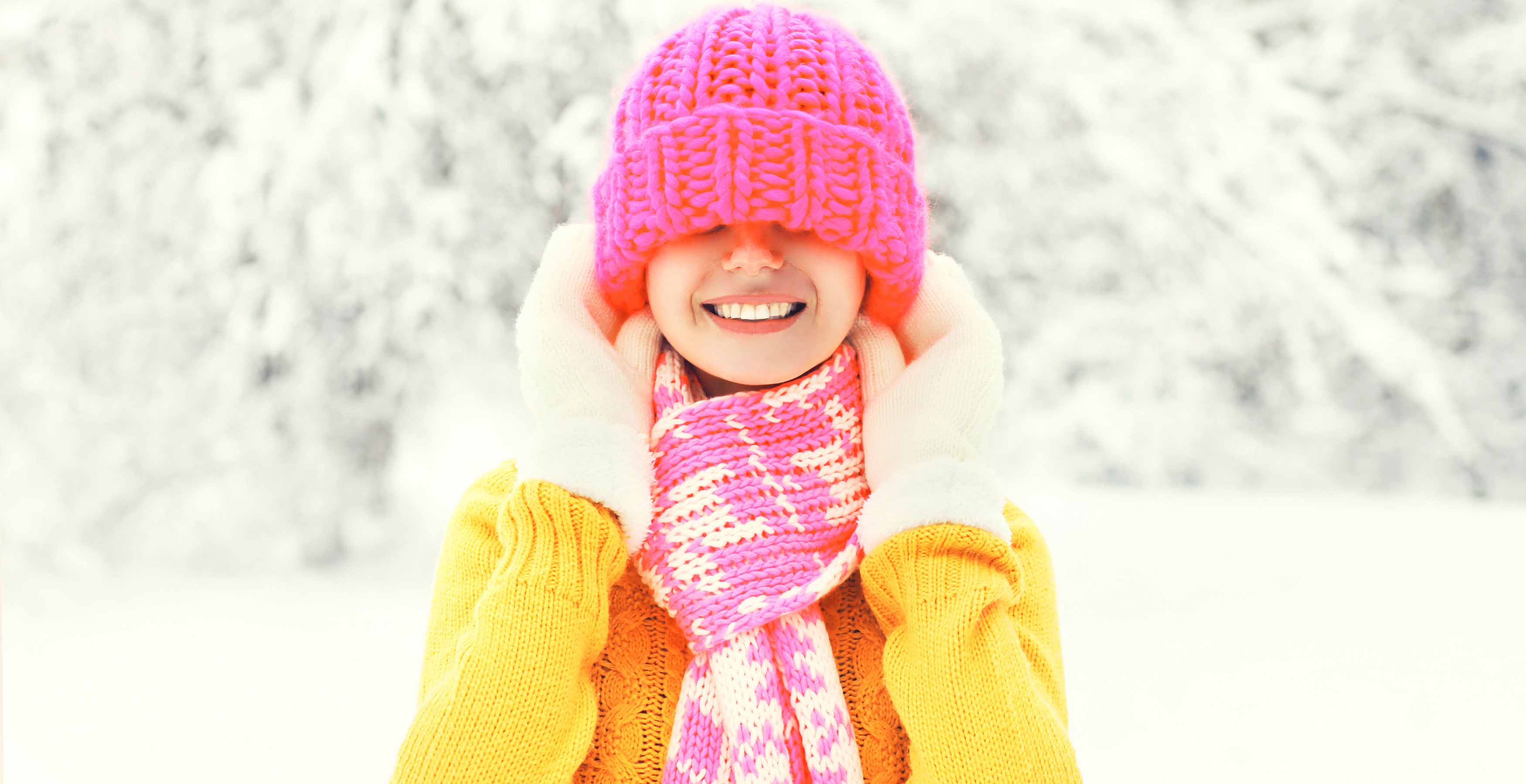Layering 101


We’ve said it before and we’ll say it again, layering is crucial for working out in the winter. The key is to wear layers that you can easily take on and off, so you can adjust your clothing - and your temperature - while you’re out there.
“When I was climbing mountains in Nepal, we had the saying ‘Cotton kills’,” says Robert Herbst, a personal trainer, coach, and powerlifter. “Cotton absorbs water, so you should not have cotton against your skin, as it will retain perspiration and keep you wet. Instead, you want any of the artificial fabrics that breathe and move moisture away from the skin.”
Bestselling author and TV style expert Jené Luciani agrees.
“The key with the layering for outdoor exercise is to start with a thin moisture-wicking - synthetic or wool cotton blend - layer first, and then increase thickness in fabrics as you add on. Avoid 100 per cent cotton as [the] first layer because it holds the sweat!”
After that first moisture-wicking layer, Herbst explains, you want one or more layers depending on the temperature for warmth. Finally, you want a wind- and waterproof shell.
Herbst suggests looking for shirts and jackets that have mesh in the underarms, which allows moisture and heat to escape. It’s also helpful to get tops with zippers so you can easily open them if you feel like you are overheating.
And remember: “Don’t forget the extremities, and especially a hat! All exposed skin should be covered,” Luciani says.
Kim Evans, a fitness specialist at Spring Lake Fitness and Aquatic Center in Michigan, has a few all-star pieces of clothing from her own closet that she recommends for winter walks and workouts.
- Fleece-lined tights: “I think I have about 10 pair[s],” she says, noting you can “wear them under pants or even with another pair of tights or leggings over them. They keep your legs toasty warm without adding bulk.”
- Fleece-lined performance tops and fleece-lined light jackets
- Down jackets for serious cold temps
- Head gear: “I put on ear muffs or covers under my hat to stay warmer, and also have a thing that pulls up over my face when the wind is blowing,” Evans says.
- Winter gloves and mittens
